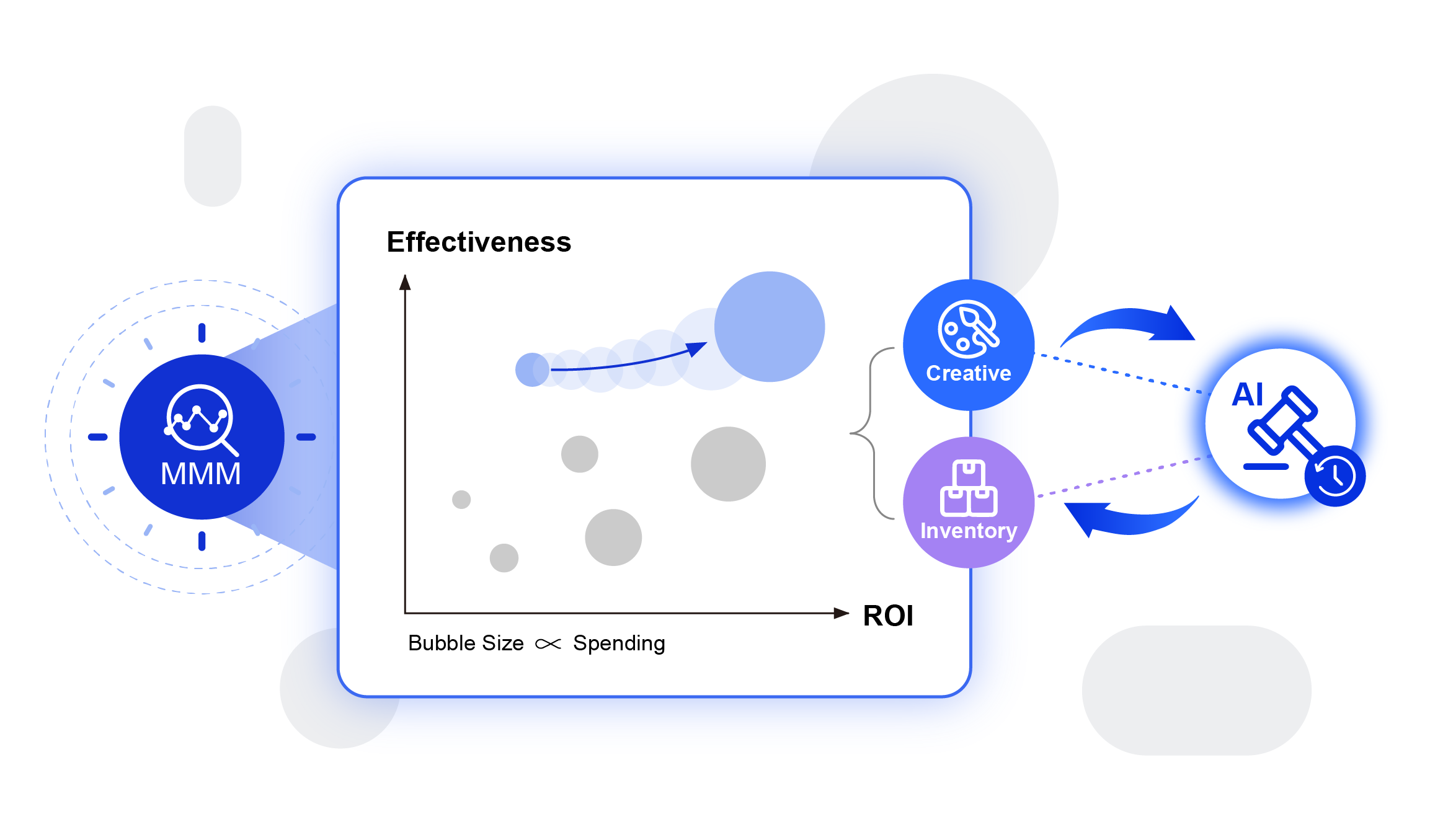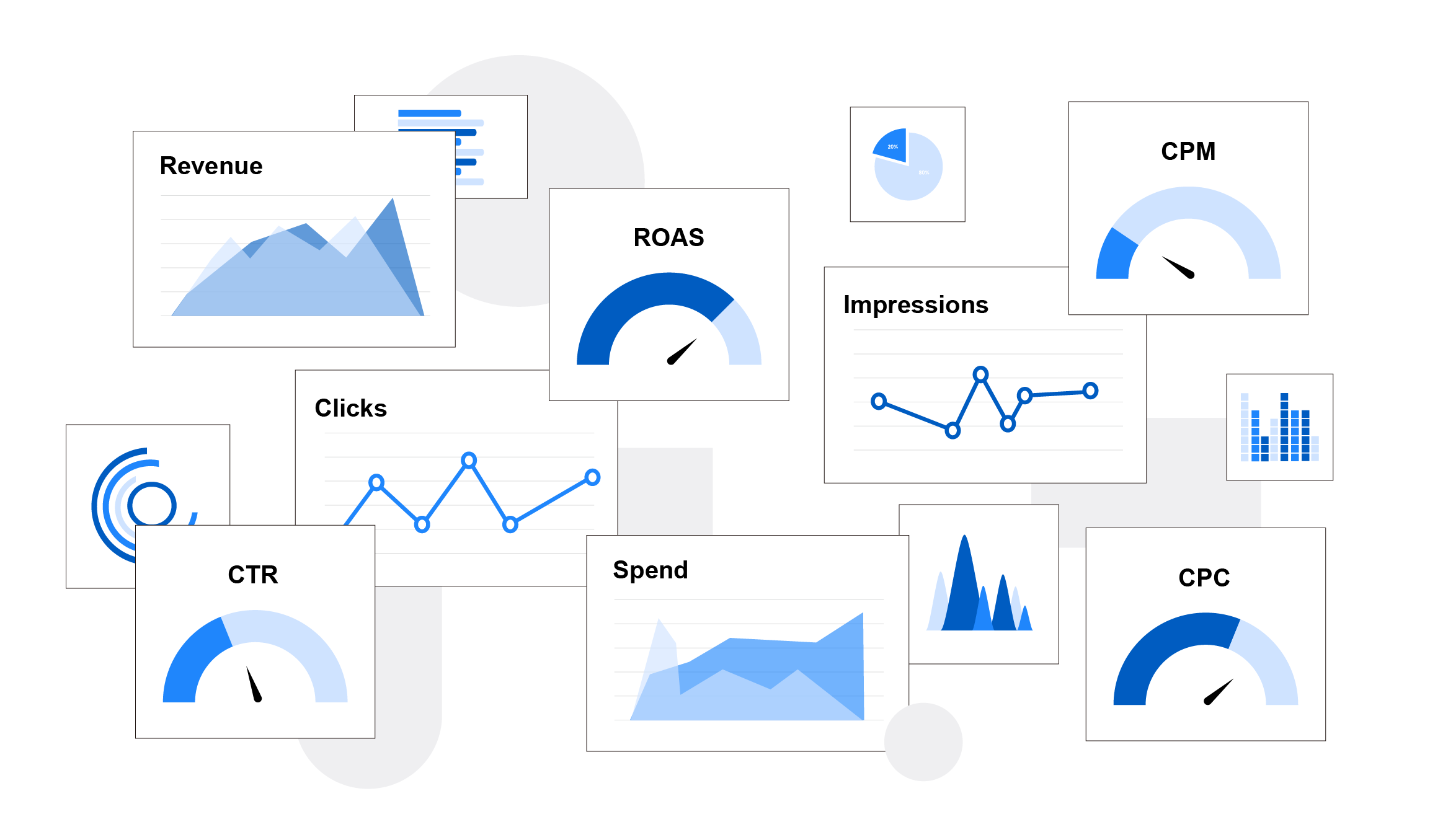12 min read
2020 was a challenging year for many industries, and marketing was no exception. Overall budgets were cut, and the pandemic caused significant shifts in consumer behavior that required brands to respond swiftly. The focus was on resilience and digital transformation, with digitally-first brands outperforming than the rest.
As we step into a new year, agility and digital investment will remain top priorities for marketers as brands attempt to catch up on what they lost. Forrester predicts that 2021 will be the year that every company prioritizes technology-driven experiences, operations, products and eco-systems to stay ahead.
An unprecedented time alongside ongoing changes in the digital marketing landscape means you need to be proactive in your approach and have your eye on industry and consumer trends, such as the rise of data and AI, authenticity, and the shift to mobile.
In 2020, 45 percent of brands didn’t have a clearly defined digital marketing plan. However, moving forward, a solid plan is essential as everyone is more aware of the benefits of having one, as well as the risks of not.
Setting goals and outlining strategy will be crucial, such as identifying what channels are working, what else you can try out, and optimizing your existing efforts. Here are some of the key trends to watch out in 2021 and how to prepare for them.
1. Data and Analytics
Marketing backed by data will continue to drive competitive advantages in 2021. By collecting massive data and using data analytics tools, you can gain valuable insights into every aspect of your business – insights that can drive smarter, more profitable action.
One thing that became clear through the uncertainty of 2020 was the need to be agile. By collating all of your data from different sources, you can gain a single, unified view of your customers and brand to make better decisions and enhance the customer experience.
According to research by Gartner , 73 percent of CMOs surveyed said they plan to increase investment in data analytics in 2021.
Predictive analytics will also grow in 2021, with global predictive analytics spend estimated to reach US$35.45 billion by 2027, growing at a CAGR of 21.9 percent from 2020 to 2027. Smart marketers will be using data and predictive analytics tools to predict future customer behavior using metrics like churn rate, conversion rate and lifetime value, and to more precisely target customers for more efficient marketing spend. Prioritizing first-party data will be key, with Google ending its support of third-party cookies. In addition, data privacy will continue to be a concern, so you need to ensure you are using and collecting data in a transparent, ethical, and legal way.
2. Video Marketing
In 2020, 92 percent of marketers said video was an important part of their marketing strategy . In fact, video is now the most popular type of content, with promotional videos and storytelling being the preferred formats.
As the popularity of video continues, it will remain a priority for marketers in 2021. Research predicts that by 2022, it will account for 82 percent of the world’s internet traffic. Not only is it heavily consumed, but it also yields impressive results with 80 percent of video marketers claiming it has directly increased sales, while 89 percent saying it offers a good return on investment in general.
So, how can you ensure effective use of video marketing in 2021? Focusing on what your audience wants is crucial, as is ensuring video speed and quality. Using machine learning, you can identify cross-screen journeys to deliver videos at the right time on the right device, while third-party tracking can help you enhance viewability in real time.
To prevent wasting your budget, use AI to identify your most valuable video users – the same technology can also help you identify video ad fraud to ensure your content is being seen by real people. Other video trends to focus on include live and vertical videos and social video app TikTok.
3. Omnichannel Experiences
With research by McKinsey suggesting that more than half of consumers engage with three to five channels during their purchase journey, understanding how to implement and optimize cross-channel campaigns will be crucial in 2021.
In a 2020 report, PWC found that there had been a jump from 20 to 80 percent in the number of companies investing in the omnichannel experience. In addition, Adobe found that companies with robust omnichannel strategies experience 10 percent year-on-year growth, a 10 percent increase in average order values, and a 25 percent increase in conversions.
A true omnichannel approach puts the customer at the heart of your brand’s strategy. It acknowledges that people engage in multiple ways across different platforms. This means you need your channels to work together instead of working against each other.
To achieve this, you first need to unify your data from different channels to create 360-degree customer views and gather better real-time insights. The next step is to use machine learning to tap into your owned and third-party data to learn user shopping patterns, preferences, and behaviors across devices and segment them according to value. Using these insights, you can then fine-tune your personas, predict customers’ cross-channel journeys and behaviors, target high-value users, and modify your promotions and messaging to suit every stage along the customer life cycle for seamless experiences.
4. Social Media and Search Advertising
As marketing budgets are expected to bounce back post COVID-19, research by Gartner found that 74 percent of CMOs plan to spend more on digital advertising and 66 percent plan to spend on paid search in 2021.
As the volume of search queries in Google grows, with more than 3.5 billion searches made every day, search advertising makes sense. According to current benchmark stats by Wordstream , the current conversion rate on the search network is 4.4 percent – and increasing.
Similarly, with the continued popularity of social channels, social advertising continues to be effective, with social ad impressions up by 20 percent year over year.
However, paid search and social media platforms continue to be complex terrain. To get it right, instead of relying on trial and error, use AI-driven segmentation and keyword targeting to more tightly target online users and optimize your ads.
For social media advertising, leverage AI to uncover your users’ hidden interests and identify the most ad-responsive ones for predictive segmentation. You can also use AI to group keywords into clusters to identify similarities, minimizing overlap and optimizing reach.
In order to optimize your keyword usage in search advertising, use AI to continually frame and optimize your keywords by detecting which ones are performing well and which are fatigued, moving them in and out of use accordingly.
5. Customer Journey Mapping
Understanding the customer journey is a huge differentiator – and 2021 will be the year to really focus on doing this. According to recent research , brands that create and use customer journey maps are twice as likely to outperform their competitors as those that don’t.
The customer journey is essentially the sum of all of the touchpoints a customer meets with when interacting with a brand. It is essentially a roadmap from awareness to purchase and beyond.
Not only can having a deep understanding of the customer journey improve conversion rates, but it can also help you maximize every marketing dollar you spend and allow your brand to create more positive impressions and experiences.
There are many techniques you can use to understand it, from customer journey and content mapping to A/B testing, persona development, and surveys. However, doing it manually can be tricky and time-consuming.
Marketing automation tools powered by AI and machine learning can help you map out the journey and analyze every interaction across it to better understand intent and pain points. They can also suggest optimum customer journeys based on data.
6. Personalization
Personalization has been a big part of marketing strategy for years. Thanks to advances in data and AI technologies, personalization has become much easier to achieve. For marketers who haven’t already taken advantage of it, 2021 will be the year to start.
Personalization means delivering brand messaging and content tailored to the individual customer. The numerous benefits include more engagement and loyalty, and less frustration. It can also increase conversions, with research by Epsilon suggesting that 80 percent of consumers are more likely to purchase from brands that offer personalized experiences.
Data analytics, AI and machine learning enables not only personalization, but also hyper-personalization at scale. By extracting more actionable insights from your data, these technologies can help you tailor everything from your content to your campaign timings, channels, and creatives.
According to Gartner, brands that invest in all types of online personalization can outsell their competitors by more than 30 percent.
7. Mobile Marketing
The future of digital marketing continues to be mobile, with 5.2 billion unique mobile users worldwide and more than 52 percent of all internet traffic coming from the small screen. Therefore, if you want to be customer-centric, you should prioritize mobile marketing in the coming year.
One specific trend in mobile marketing that stood out in 2020, in part due to the impact of the pandemic, was the rise of m-commerce, including social commerce. According to Statista , 79 percent of all retail ecommerce sales are expected to be generated through m-commerce in 2021.
Making sure you optimize your channels for mobile is essential to success. Not only do your sites need to be mobile responsive, but you also need to consider navigation, site search and load times, as people expect more and bounce more.
There has also been a rise in mobile app use and app commerce , another trend boosted by the pandemic and one set to continue. To stay ahead, you need to ensure you have a solid app acquisition, engagement and retention strategy.
Using AI tools, you can identify high-value app users based on their behavior and interests. With these insights, you can serve up timely relevant push notifications and remarketing campaigns with targeted keywords to boost acquisition and conversion. You can also use AI tools to better segment and target existing users with personalized content to keep them engaged.
Many of these trends identified were already happening prior to the pandemic, but COVID-19 has pressed the accelerator and shifted mindsets. 2021 might continue to be a challenging year in marketing, but with targeted digital investment, smart use of data and marketing technologies, and putting customers firmly in the center, you will be better placed to win this year and beyond.
* Do you want to stay ahead of the competition in 2021? Contact our team today to find out more about how you can leverage marketing technologies to make smart business decisions and win your customers’ heads and hearts. Don’t forget to check out some of our latest white papers for more insights too!



